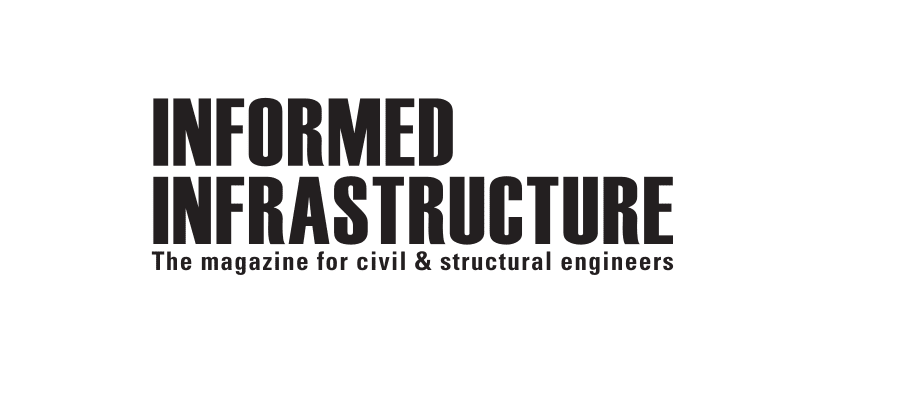Free registration required before viewing this course
Already have an account? Click here to log in.
Corrugated Steel Pipe and Structural Plate for Vertical Applications: Understanding Design, Applications and Practices
Course Information
Corrugated steel pipe (CSP) and structural plate products have been produced since the early 1900s and have since been expanded to a variety of applications. CSP and structural plate products are designed with a profile wall to provide a more efficient strength-to-material ratio. This strength, paired with its durability and dependability, has allowed it to be a versatile product since its inception.
A prevalent use for these products is vertical applications, which includes caissons for utility poles in electric transmission lines, bridge and building piers, wind-tower foundations, crane enclosures, utility sewer shafts, petroleum cellars (pits), general concrete forms, and more. These applications often are temporary structures used as forms or construction aids but not intended for long-term structural support. They can be constructed using CSP, structural plate or tunnel liner plate.
These vertical shafts can be galvanized, aluminized, polymer-coated or remain as black steel, depending on the needs of each specific project. Galvanizing is the most widely used and economical. This metallic coating is utilized for its added protection and extension to service life. In addition to forming a physical barrier against corrosion, the zinc coating sacrifices itself slowly by galvanic action to protect the base steel; this process will continue so long as zinc remains. Aluminized Steel Type 2 (ALT2) is a coating option that provides protection against a wider environmental range, allowing for a longer, maintenance-free service life. This coating is produced by hot-dipping steel in commercially pure aluminum. Heavy-gage polymer coatings offer longest-term protection for steel products by providing increased abrasion and corrosion resistance. This tough layer, bonded to both the inside and outside of Contech’s galvanized CSP, serves as a protective barrier, resisting corrosion from acids, salts and alkalis. Black steel offers high strength but is only used in temporary applications with gentler environments because of its lack of environmental resistance.
Author
Darrell Sanders, P.E., Noah Schenck and Marcela ArbaizaLearning Objectives
At the conclusion of this article, the reader should be able to understand/perform the following:
• Identify the applications and benefits of using corrugated steel pipe for vertical applications.
• Identify the different material and coating options to meet site-specific needs.
• Understand how site and ground conditions affect the vertical shafts’ construction and installation practices.
• Understand the concept of pipe stiffness factors and how the limits affect the design of the vertical shaft.
• Identify the use of ring beams and when/why they are necessary.
• Understand how the pressure applied to the shaft depends on the soil type, water-table height and other loads that may be applied to the shaft; and how these lateral pressures will be used in the design process for the vertical shaft liner.
Already have an account? Click here to log in.





